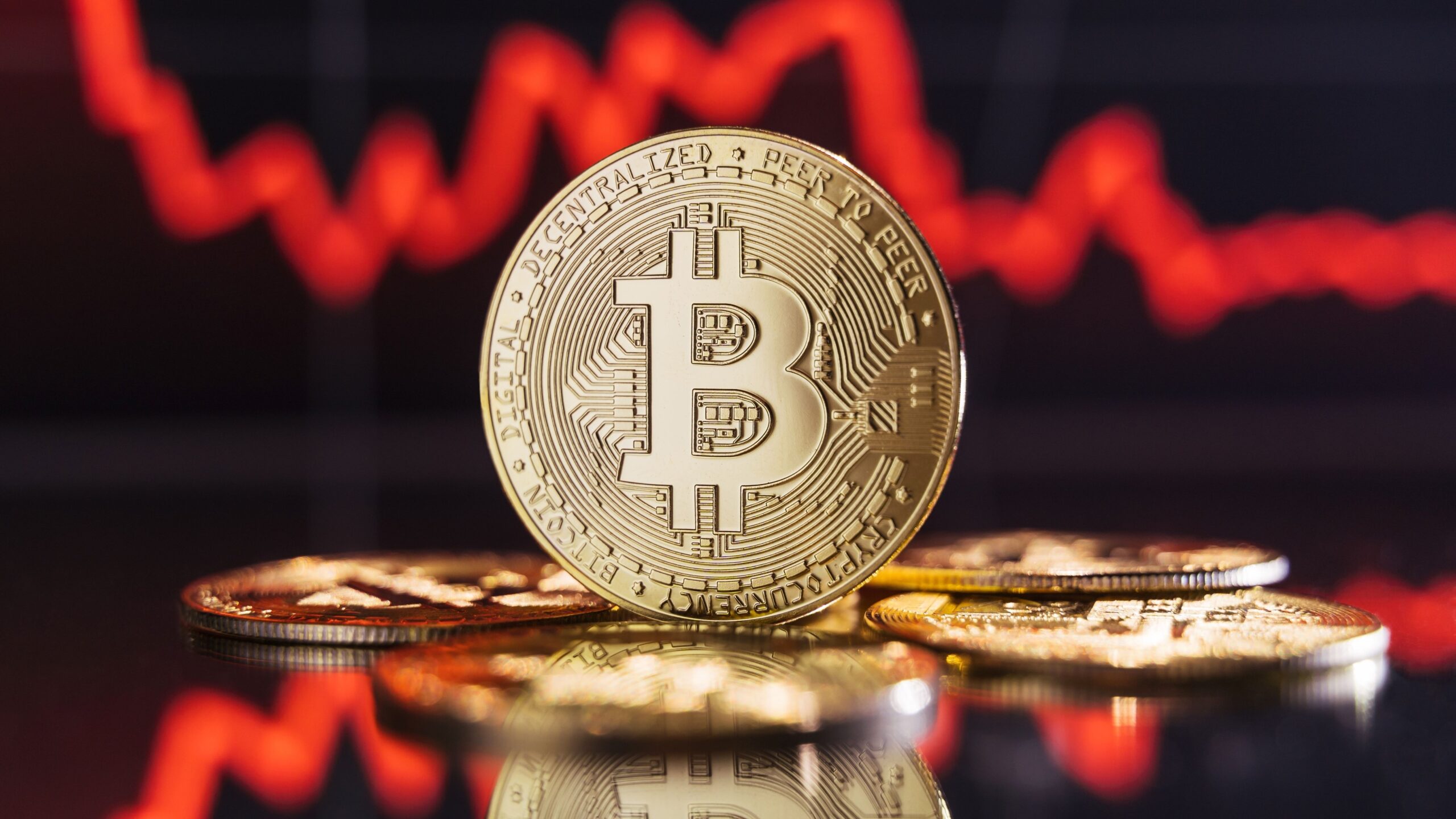As of May 2025, Bitcoin Mining’s remains the leading cryptocurrency in terms of market value and cultural impact. The digital asset created by the unknown developer Satoshi Nakamoto has evolved from a speculative investment to an internationally recognized store of value and potential inflation hedge. Bitcoin momentum is driven by institutional adoption, regulatory changes, technological innovation, and global economic dynamics. Bitcoin 2025 surge
Bitcoin’s 2025 Surge and Institutional Momentum
The performance of Bitcoin in 2025 has drawn interest from financial institutions and worldwide investors. Following the 2024 halving event—which lowered mining rewards from 6.25 BTC to 3.125 BTC—the price path of Bitcoin matched trends seen in past cycles. Reflecting a 17% year-to-date increase, Bitcoin is trading at $108,000 at the time of writing. Some analysts think this increase is merely the start of a more significant bull run, so by year’s end the price might be pushed into the $140,000–$150,000 level.
With its hard-capped at 21 million coins scarcity mechanism, Bitcoin’s long-term value is still mostly driven by Rising demand from institutional players and sovereign wealth funds combined with this fixed supply helps to drive ongoing price pressure. Prominent market commentators, including Tom Lee from Fundstrat Global Advisors and Mark Yusko of Morgan Creek Capital, forecast ongoing expansion based on positive macroeconomic events, including devaluation of fiat money and geopolitical unrest.
Bitcoin’s 2025 Rally Driven by Institutional Demand
The performance of Bitcoin in 2025 has caught the interest of financial institutions and worldwide investors. Following the 2024 halving event—which lowered mining incentives from 6.25 BTC to 3.125 BTC—the price path of Bitcoin in 2025 reflects trends seen in past cycles. Reflecting a 17% annual-to-date gain, Bitcoin is trading at $108,000 at the time of writing. Some analysts think this level is merely the start of a more significant bull run, so by year’s end the price might move into the $140,000–$150,000 region.
Institutional demand, sovereign wealth funds, and a 21 million coin scarcity mechanism keep Bitcoin’s price high. Market analysts like Tom Lee of Fundstrat Global Advisors and Mark Yusko of Morgan Creek Capital foresee growth owing to fiat money devaluation and geopolitical uncertainties.
Evolving Global Regulations Reshape Bitcoin Landscape
Policymakers are aware of Bitcoin’s developments. The US regulatory landscape has changed drastically in 2025. The reformed Trump administration has promoted crypto-friendliness. Former SEC head Gary Gensler targeted exchanges and altcoins for securities breaches, but current regulatory revisions have been gentler on Bitcoin and other distributed assets.
Since Bitcoin is largely regulated by the CFTC, Congress recently passed the Financial Innovation and Technology for the 21st Century Act (FIT21) to establish SEC-CFTC duties. Due to legislative clarity, exchanges, guardians, and other service providers can develop without legal doubt. In late 2024, the European Union’s Markets in Crypto-Assets Regulation (MiCA) established uniform criteria for its 27 members. This regulatory harmonization attracts talent and finance from Asia and the US by making the European crypto business more competitive.
Sustainable Innovation Transforms Bitcoin Mining Industry
Furthermore, significant advancements in bitcoin mining have occurred. Originally attacked for its energy use, the mining sector is changing under the influence of market incentives as well as technical developments. To increase public impression and efficiency, many businesses are switching to renewable energy sources, including geothermal, solar, and hydroelectric plants.
Gryphon Digital Mining and Marathon Digital Holdings have increased hash rate and profitability while pursuing ESG compliance. Mining in Texas and Alberta uses excess natural gas and wind electricity, establishing a symbiotic relationship between energy producers and Bitcoin miners.
Global South Embraces Bitcoin for Financial Resilience
Bitcoin is growing in popularity as an alternative financial infrastructure in countries with unstable currencies, despite its legal currency status. Although El Salvador reduced certain aspects of its proposal in response to IMF negotiations, the country’s 2021 adoption of Bitcoin established a new standard.
Southeast Asia, Africa, and Latin America are studying Bitcoin as a reserve asset, remittance tool, and financial inclusion tool. Peer-to-peer Bitcoin trading in Nigeria and Argentina is growing faster than banks. The facilitates communication between digital currencies and the broader cryptocurrency market.
Final Thoughts
Advances in the fundamental technology of Bitcoin enable greater scalability and usability. Expanding the Layer 2 payment system, the Lightning Network helps to enable low-cost, quick Bitcoin transactions. Major wallets like Wallet of Satoshi and Phoenix are including intuitive interfaces that abstract away technical complexity as use rises.
Custodial security still comes first. Anchorage Digital and BitGo are among institutional-grade custodians offering safe storage options together with insurance and regulatory compliance. Novel ideas in multi-signature wallets and threshold cryptography are raising user error and theft resistance.



